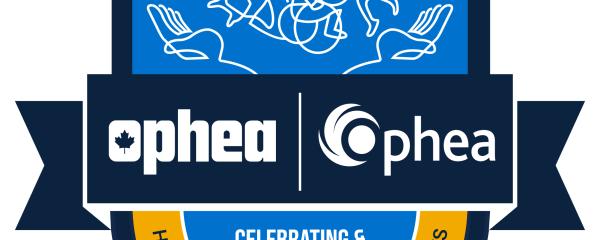Food literacy and media literacy are concepts that can be taught leveraging The Ontario Curriculum, Grades 1–8: Health and Physical Education (2019).
A key element of the Ontario Health and Physical Education curriculum for Grades 1–8 is for students to acquire the knowledge and skills needed to develop their health literacy to lead healthy, active lives, and promote healthy living. Being health literate means having the ability to get, understand, evaluate, and use information to make good decisions for their health in a variety of settings and to promote healthy living (Ontario Ministry of Education, 2019).
Being able to recognize, analyze, and interpret the overt and underlying messages in food marketing and media advertising are essential skills for students to fully develop their health literacy related to healthy eating, health promotion, and disease prevention. Equipping students with these skills builds their capacity to make informed food choices in a variety of settings and to promote healthier food choices for themselves and others.
Primary Division
In the primary division, the topic of healthy eating focuses on students learning about food and nutrition to understand and apply basic concepts related to food choices. Connections to food and media literacy include:
- Learning how to recognize hunger and thirst cues and using Canada’s Food Guide to identify food and beverage choices that contribute to healthier eating patterns
- Making healthier food choices considering the factors they can and cannot control, such as the foods available in the home or when eating out, their energy needs at different times of day, food-related allergies, and food guidelines associated with medical conditions such as diabetes or celiac disease
- Exploring the origins of food including how it is processed and prepared, the effects of these on food’s nutritional value and the environment
- Understanding the effects of different food choices on people’s oral health
- Exploring how local foods and foods from various cultures can expand one’s range of healthier eating choices
Junior Division
In the junior division, the topic of healthy eating focuses on students learning about food and nutrition and applying their developing understanding about food to make healthier eating decisions. Students learn to make informed food choices based on nutrition, ingredient lists and food and beverage labeling, to understand and manage their food choices, and to set healthy eating goals. Connections to food and media literacy include:
- Identifying key nutrient information provided on food and beverage labels, nutritional fact tables, and ingredient lists in order to make informed choices about foods
- Describing how advertising, food marketing, and media can affect food choices
- Evaluating advertising, food marketing, and media influences in order to make healthier choices
- Developing personal guidelines for healthy eating, taking into account media influence on eating habits and food choices
- Setting goals for developing healthier eating habits based on recommendations and guidelines in Canada’s Food Guide, such as helping with food shopping and meal preparation
- Identifying ways to promote healthier eating habits in a variety of settings and situations, such as local arenas, recreation centres, stores, food courts, and special events
Intermediate Division
In the intermediate division, the topic of healthy eating focuses on students continuing to learn about food and nutrition to deepen their understanding of healthier eating practices, explore the relationship between eating patterns and disease, and apply their developing understanding in order to make healthier food choices and promote healthier eating to others. Connections to food and media literacy include:
- Developing healthier eating patterns using information about the roles different foods play as contributing or preventive factors in a variety of disorders such as cancer, Type-2 diabetes, cardiovascular disease, obesity, food allergies and tooth decay
- Identifying ways to encourage healthier eating practices, taking into account external factors that affect people’s food choices and eating habits, such as cost of food and food availability at home or in the community
- Evaluating personal eating habits and food choices, taking into account behaviours that support healthy eating, such as being aware of food marketing and using food labels
Integrating the Social-Emotional Learning Skills into learning about advertising, food marketing and media influences helps students make connections between their thoughts, feelings, actions, and healthy eating choices and increases their self-awareness in fostering a healthy relationship with food. Providing students with opportunities to critically analyze and reflect on food marketing and media influences helps them make informed food choices, develop personal guidelines for healthier eating, and promote healthier food choices for themselves and others.
References
Adapted from: Ontario Ministry of Education. (2019). The Ontario Curriculum, Grades 1–8: Health and Physical Education, page 7




